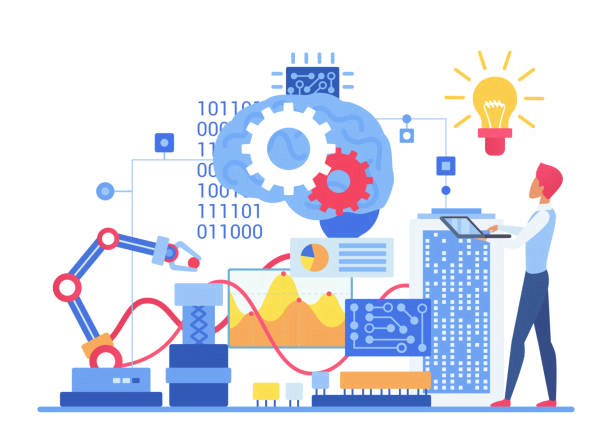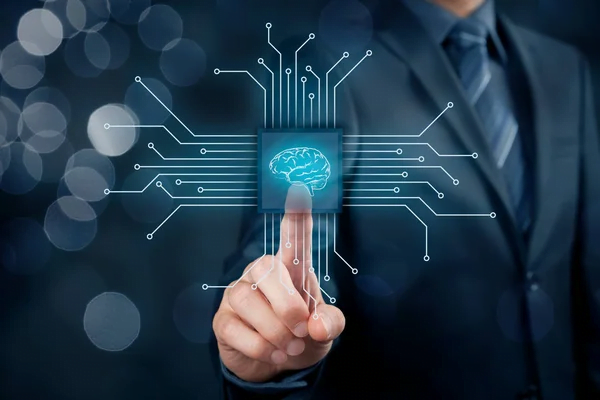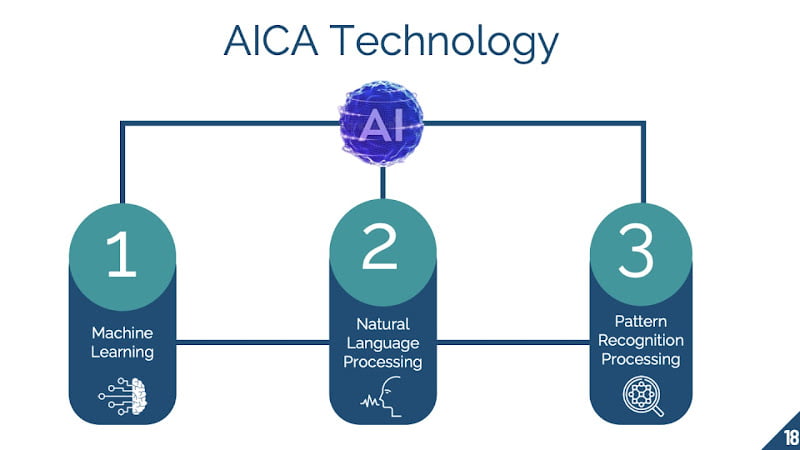A comparison of machine learning and artificial intelligence will be presented in this article, followed by a definition of the differences between the two
What Is #Machine Learning ?
Machine learning is a field of computer science that gives computers the ability to learn without being explicitly programmed. Machine learning algorithms build a model from sample data, discover patterns and make predictions based on those patterns.

Machine learning is used in many applications, such as email spam filtering, search engines, language translation and self-driving cars.The advantage of machine learning is that it’s not limited by what humans can program into it—it can “learn” on its own based on whatever information you give it! But that’s the key,machine learning algorithms require large amounts of data in order to be accurate
Machine learning is also called predictive analytics, because it analyses past behaviour to predict future results or trends. For example, machine learning could be used to predict when an employee will quit a job or how much money someone will spend on merchandise in a store.
What Is #Artificial Intelligence ?
Artificial intelligence (#AI) is a type of technology that allows machines to make decisions and perform tasks in ways similar to humans. It can be used in many different applications, such as computer vision, speech recognition, natural language processing, and more.
AI is not just limited to the digital world; it’s also found in non-computerised devices like washing machines and smartphones. For example, your smartphone knows when to turn on its flashlight based on the ambient light level or when to switch from WiFi to cellular data based on your location—these are all examples of artificial intelligence at work!

One of the main benefits of artificial intelligence is that it can help businesses make sense of large amounts of #data. It can also help organisations predict trends and find new ways to engage with customers.
Artificial intelligence is not just one thing—it’s a collection of techniques and technologies that allow computers to do things we previously thought only humans could do. Some examples include:
• Predicting what you might want to watch next on Netflix
• Sending personalised recommendations based on your past purchases
• Answering questions about your social media posts
• Identifying faces in photos and tagging them automatically
Is There A Difference Between Machine Learning And Artificial Intelligence ?
Machine Learning and Artificial Intelligence are not the same thing.But they do have some commonalities that make them both seem related.

Here is where they differ:
Machine Learning is an #algorithm that allows computers to learn from data without being explicitly programmed by humans. It’s based on the idea that if you give a computer enough data points, it can learn to identify patterns on its own. Machine learning algorithms can be used in all sorts of applications—from predicting stock prices to helping people make better health choices by analysing their medical records—and it’s becoming more and more important as we move into an era of big data and information overload.
Artificial Intelligence (AI),on the other hand, refers to any intelligent system that can complete tasks which would normally require human intelligence or creativity. Some examples of AI include self-driving cars and robotic assistants like Siri or Alexa. While AI is still very much in its infancy compared with other forms of technology such as smartphones or computers, researchers have been working hard for decades on developing new technology that will transform our lives.
How AICA Implements Machine Learning In Its Algorithms
AICA uses machine learning,natural language processing and pattern recognition processing in its algorithms to clean dirty data.
You know what machine learning is, but what is #natural language processing and #pattern recognition processing?
Natural language processing – Natural language processing (NLP) is the computer science of understanding human language, including speech and text. NLP-based systems are used in applications that involve natural language, such as information retrieval (search engines), question answering, document summarisation, machine translation, text mining, speech recognition and production, dialogue systems, information extraction and data cleansing.
Pattern Recognition Processing – Pattern recognition processing is the ability of a computer to recognise patterns in data. This is different from machine learning, which is the process of training a computer to do something specific, like recognising words or images. Pattern recognition processing does not require any training. Instead, it relies on the machine reading data and making sense of patterns within that data.
This type of processing is used in many different applications, including facial recognition software, speech-to-text software, and product data cleansing.

Dirty data refers to inaccurate, incomplete, or misleading information provided on products. It can include incorrect pricing, incorrect descriptions, or missing information. Both retailers and consumers can suffer from dirty product data.
There are three ways AICA focuses on product data cleansing:
Product Data Cleansing : Product data cleansing is the process of removing irrelevant or incorrect information from your product data. As a result, this method of cleansing makes sure the information you’re using is accurate and relevant so that when a customer comes to your site, they can trust what they are seeing.
Product Data Enrichment : Product data enrichment is the process of enriching product information with additional details. This includes adding product features, specifications, and images to a database.Enriching your product data helps you improve your search results and make it easier for customers to find what they’re looking for.
Product Data Comparison : Product data comparison is the process of comparing two or more versions of a product’s data in order to identify differences between them. Typically, this is done in order to identify any differences that may cause errors or inconsistencies.
These are tedious and time consuming issues to fix, but thankfully with the help of the artificial intelligence in AICA’s algorithms, this process is made easy and cost effective. Visit the AICA website to find out more
